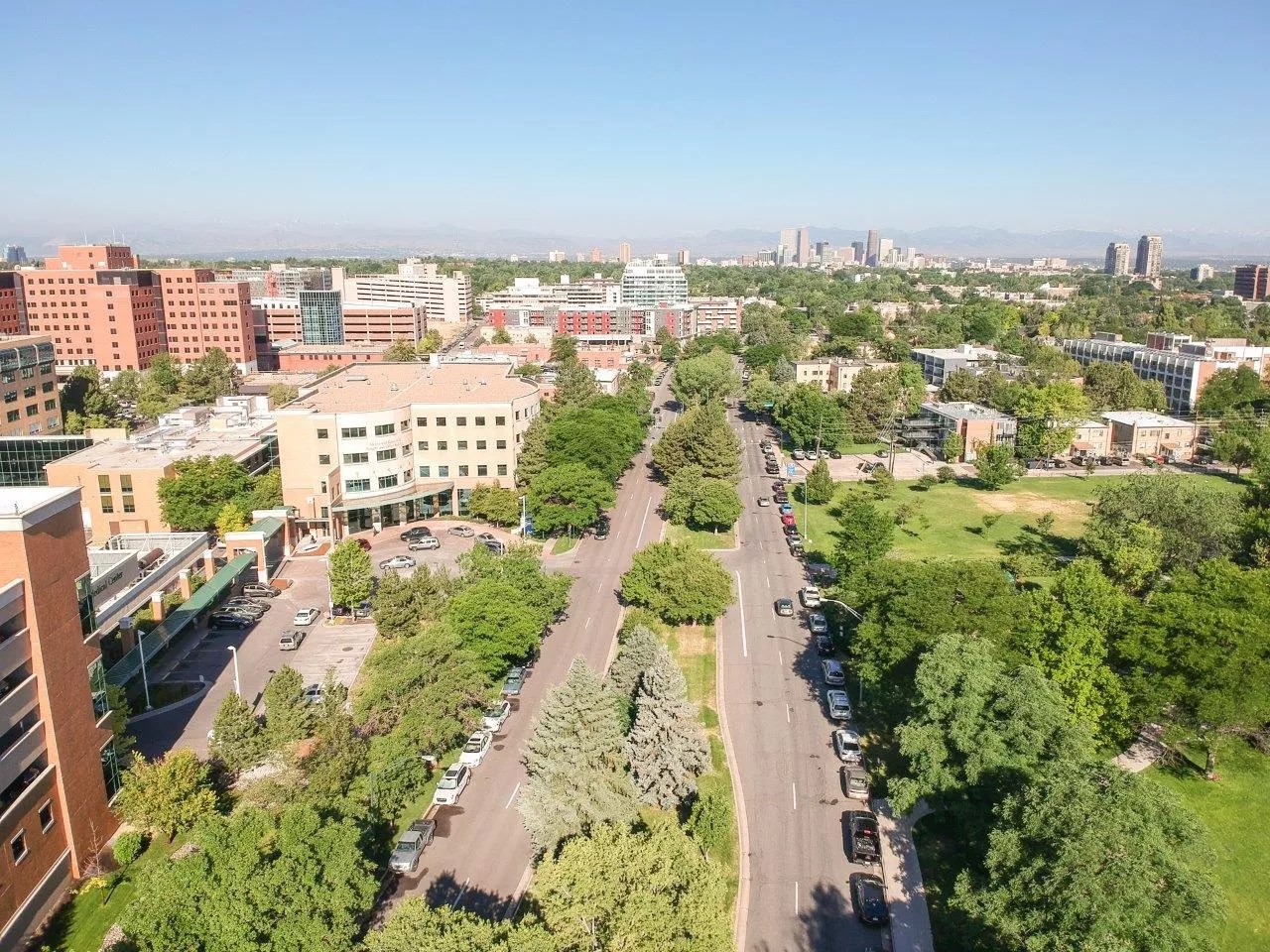
Community Planning and Development

Audio By Carbonatix
In a 12-1 vote, Denver City Council approved a plan for the neighborhoods along East Colfax Avenue that will serve as a road map for development and zoning over the next twenty years.
“This plan really tackles displacement head-on,” Laura Aldrete, executive director of Community Planning and Development, said during the November 16 council hearing on the East Area Plan before the final vote. “This plan goes as far as a plan can go, and it goes further than a plan we have brought to council before.”
In the works at Community Planning and Development for over three years, the plan covers the neighborhoods along East Colfax from Colorado Boulevard to Yosemite Street, including South Park Hill, Hale, Montclair and East Colfax. As a high-level guiding document, it doesn’t actually rezone any parts of the area. Instead, councilmembers and other city officials will consider the plan when making zoning decisions going forward.
While there was almost unanimous consensus on the steering committee for what the plan should entail, some critics worry that it goes too far in allowing for density and height increases along Colfax. But other critics question whether the plan goes far enough in calling for affordable housing in parts of the city at extreme risk for displacement, including the East Colfax neighborhood.
This year, make your gift count –
Invest in local news that matters.
Our work is funded by readers like you who make voluntary gifts because they value our work and want to see it continue. Make a contribution today to help us reach our $50,000 goal!
“We have to make sure we’re [growing] in a thoughtful way, and that’s what this plan does,” Councilwoman Amanda Sawyer, whose district falls under the East Area Plan, said at the November 16 meeting, noting that not everyone got what they wanted. Councilman Chris Herndon‘s district also includes areas covered by the plan.
Part of Denver’s Neighborhood Planning Initiative to establish specific plans for all parts of the city, the East Area Plan seeks to increase density along parts of East Colfax that will have stops for RTD’s proposed Bus Rapid Transit project. (The BRT project has been delayed, and its projected costs are going up.) There can be additional height at those predicted transportation nodes near Colorado Boulevard, Krameria Street and Yosemite Street, as long as “community benefits” are provided.
Types of community benefits that would allow developers to up-zone include affordable-housing components and parks. The plan will also allow for accessory dwelling units on all lots.
Although Denver requires developers to pay a fee that goes to an affordable-housing fund, the city cannot actually require developers to build affordable-housing components in their projects. A 2000 ruling by the Colorado Supreme Court, known as the Telluride Decision, prohibits any such requirements. In recent years, the Colorado Legislature has pursued a repeal of the prohibitions of the Telluride Decision; the first attempt was unsuccessful and the second curtailed by COVID-19. Denver area legislators plan to reintroduce a partial repeal bill at the next legislative session.
During the November 16 council meeting, Sawyer and Herndon lobbied their fellow councilmembers to pass the plan as originally written. In October, the Denver Planning Board had approved the plan on the condition that a specific recommendation be deleted: that single-unit sections remain primarily single-unit.
“Whether the planning board likes that or not, it is reflective of that community consensus, and that is why we are putting it back in the plan,” Sawyer had said at a meeting last month. At the November 16 hearing, an amendment was proposed to restore the provision.
Denver staffers who spoke at the hearing said that with or without that sentence, the East Area Plan would be in line with existing guiding city documents.
Opponents of the amendment argued that it was exclusionary in nature. “I believe there is an equity issue at hand with this one sentence,” said council president Stacie Gilmore. Other councilmembers said that it appeared to cause confusion.
Even so, the amendment to restore the sentence to the plan passed in a tight 7-6 vote not long before the plan itself passed. The lone “no” vote came from Candi CdeBaca.